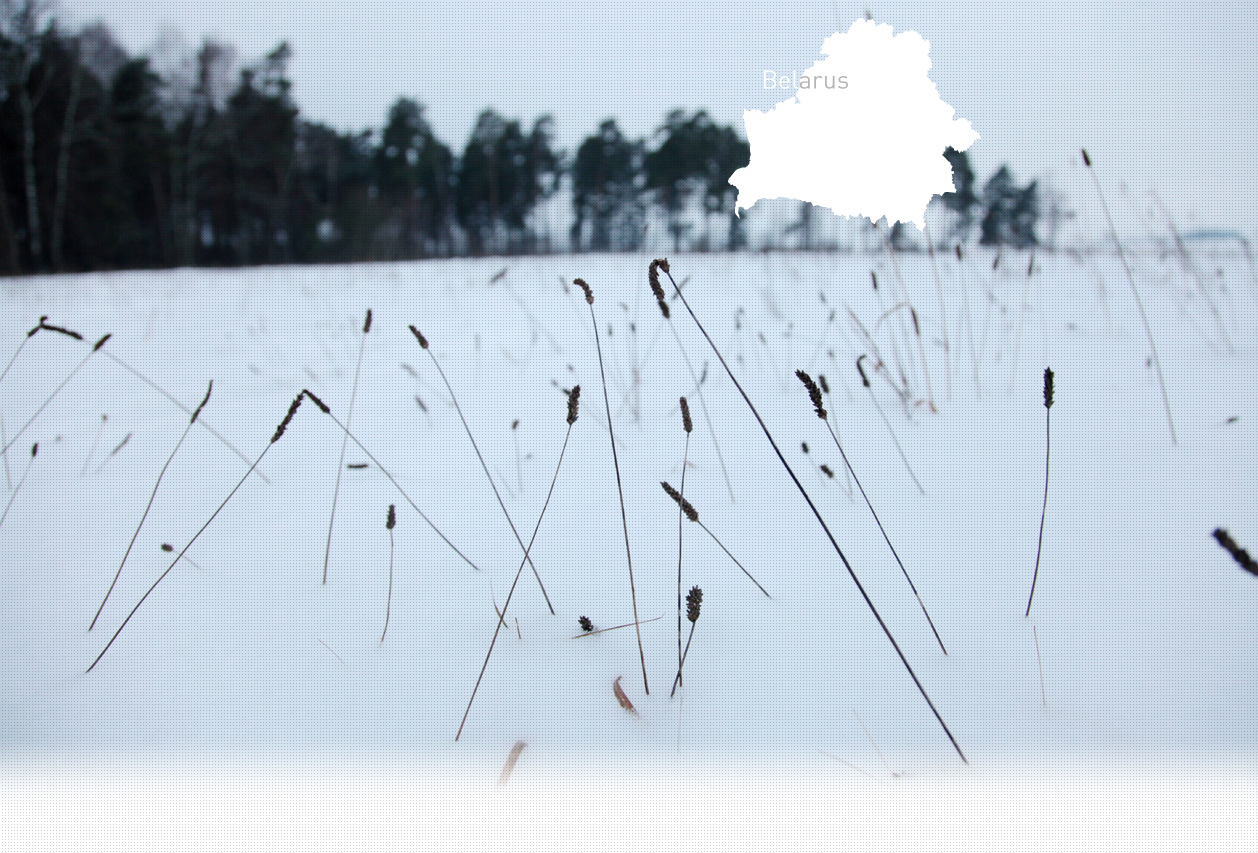

1 Killing site(s)
Maria G., born in 1928: “When the Germans arrived, they ordered some men, including my uncle, to dig graves. They were scared that these graves were for them. But they were actually for the Jews. The Germans gathered every Jewish man from the village and took them to the execution site. The Rabbi tried to reassure them and asked to be killed first. They were shot on the edge of the grave. Some of them fell inside alive. Those who had dug the grave had to cover it at the end of the execution. The shooting happened close to David-Horodok and lasted a day. After that, Jewish women and children were moved to Stolin for few months, before being brought back and locked up in a ghetto.” (Witness n°960, interviewed in David-Horodok, on September 6th 2018)
“One year after (the first killing, TN), I learned from someone who had dug the graves close to the site and who slept at home, that the grave was made for the upcoming shooting of Jewish women and children. The next day, very early, maybe in June 1942, a large number of Jews were brought here from David-Horodok. There were only women and children, around 1,000 people. The shooting lasted few hours. Before being killed they were forced to fully undress. Young women were raped." [From the statement of an Olshany inhabitant, Bronislav, given to Soviet Extraordinary State Commission (ChGK); GARF 7021-90-35]
“Rasp entered in the ghetto with his commando and began the evacuation. Jews were chased from their houses and gathered in a small square in the ghetto. There was some misbehavior from the local militia. The Jews were taken from the ghetto square to the execution site in columns. Once they arrived at the site, they had to undress and lie down directly on the edge of the grave. They then had to climb down into the grave in groups of 5-8, before being shot by a single bullet to the head. The next victims had to lie down on the corpses. ” [Statement of Gustav L., regarding the evacuation of the David-Horodok ghetto and the killing of the Jews; ARZ 393-1959. Volume 13 – p.2]
David-Horodok is located 97.5km (60.2 mi) east from Pinsk. First records of Jews in the city go back to the first half of 16th century. In the 19th and 20th centuries, the number of synagogues increased, and the Jewish population expanded to 3,087 people (according to the census of 1897), making up 40% of the entire population. During the inter-war period, the area belonged to Poland. There were both Jewish schools and Polish schools in the village. The majority of Jews were either traders or craftsmen. Many of them lived on the central street. On the eve of the Second World War, there were 4.350 Jews in the city.
David-Horodok was occupied by the Germans on July 7th 1941. Upon their arrival, the Germans forced the Jews to wear white armbands bearing blue Star of David. On August 10th 1941, the local militia took all the Jewish men aged 14 and older to the market place. There were rumors that the Jews were with the Partisans. The police entered every Jewish house looking for Jewish men in hiding. They took them to a locality named “Khinovsk Gorki,” 2,5 km away from David-Horodok, near the road to Olshany. There, they were shot in groups on the edge of a pit. There was one shooter for each victim. According to Martin Dean, there were 1,000 victims. Ilya Altman gives a number between 450 and 700 and the statements from the Soviet archives between 1,000 and 1,250. After that, the women and children were sent to Stolin, before being transferred back to David-Horodok at the end of 1941 alongside other Jews from the area, in particular those from Olshany. They were locked up in a ghetto. There, they were forced to work until they were massacred. This happened on September 10th or 11th 1942. They were taken to the same place as the men several months before, forced to undress and shot on the edge of pits in groups of 5 to 8 people. The Soviet Commission gives the figure of more than 1,000 victims and Ilya Altman between 685 and 1,100. In total, for this execution site, these archives cite around 2,437 victims. There is a monument on site. It says that Jews from David-Horodok and the local area were killed in two “Aktions” in 1941 and 1942, which confirms all the previous information. However, the figure written on it is 7,000 victims. Moreover, after this massacre, three Jewish women were still alive. They had been working for the Germans since the beginning of the occupation. One was a pharmacist and the other two were musicians. After the massacre, they were shot and buried in the Jewish cemetery.
Do you have additional information regarding a village that you would like to share with Yahad ?
Please contact us at contact@yahadinunum.org
or by calling Yahad – In Unum at +33 (0) 1 53 20 13 17